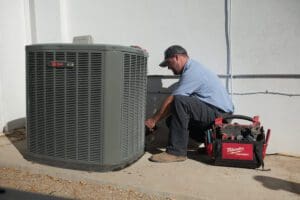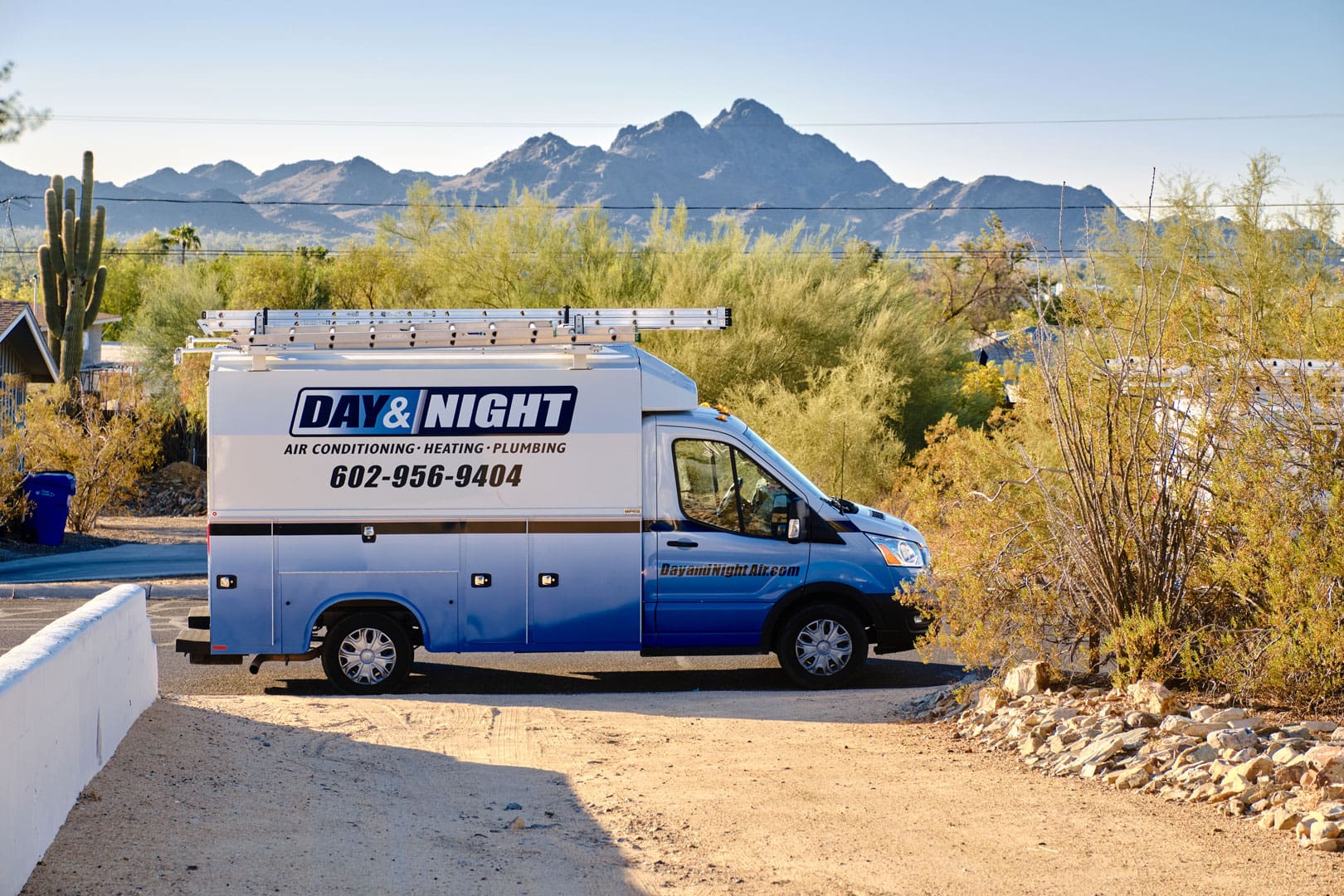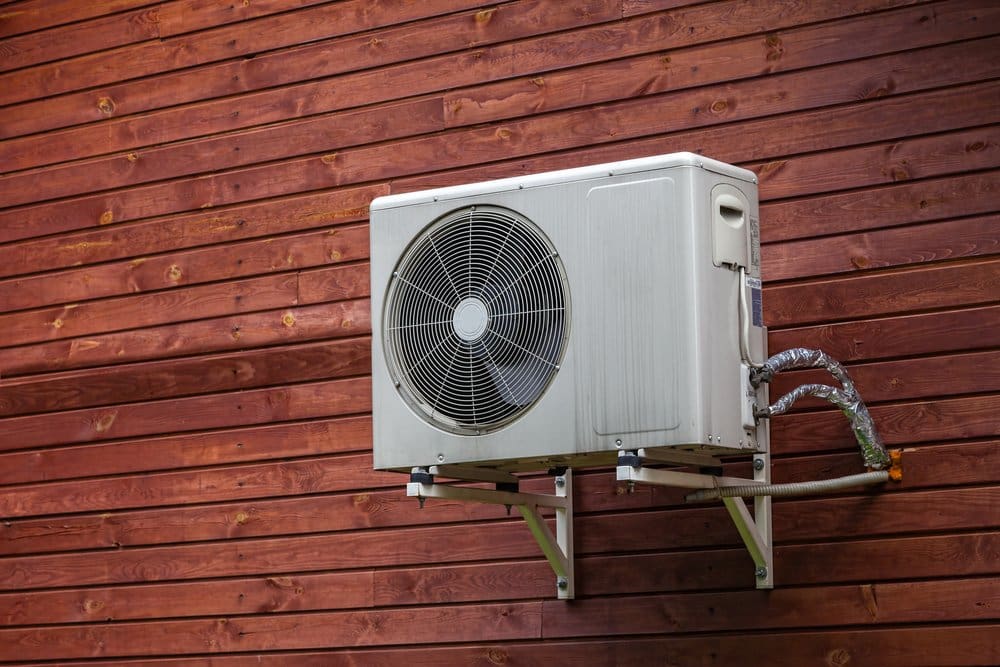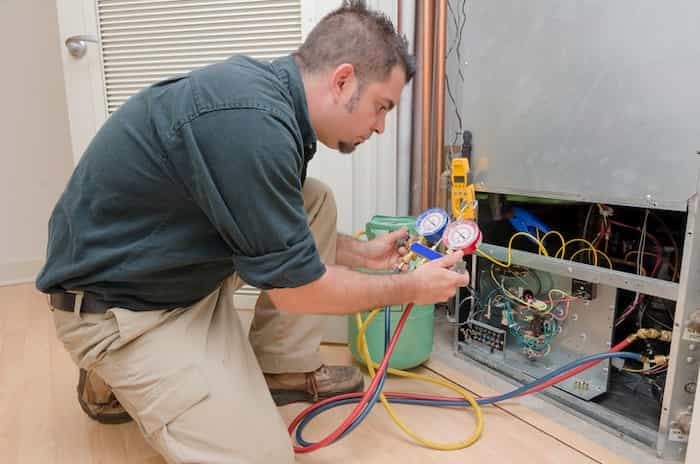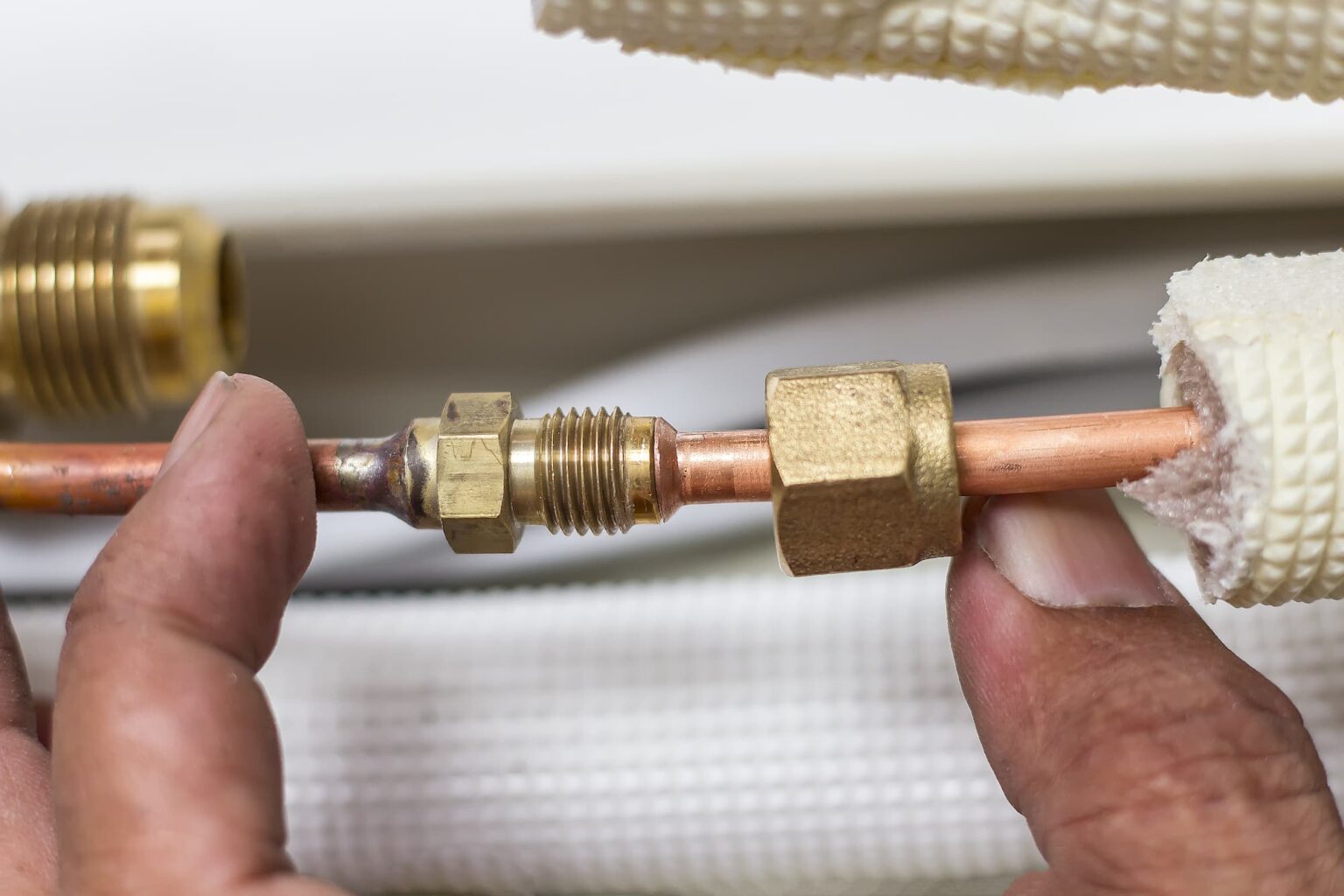To many, the air conditioner is the greatest invention ever created; more than the wheel, antibiotics and even the Internet. In many climates in America, like the arid southwest, the humid southeast, and the balmy summers of the Midwest, an air conditioner is an absolute necessity. Even in areas with historically low rates of air conditioner per capita, like Seattle and the Pacific Northwest, the increase in temperatures and wildfires have caused a sharp rise in air conditioner demand.
Because of the increase in demand, there’s been an equal increase in asking HVAC professionals “Just what size AC unit do I need?” Cooling down a studio apartment will require a more powerful air conditioner unit than a three-bedroom, two-bathroom house. But, even with a small space, it’s essential to conduct some research to determine the right-sized air conditioner unit to cool your home efficiently.
Air Conditioner Ratings
To make air conditioners slightly more complicated, there are several potential rating systems for them. The most common is BTU. BTU stands for British Thermal Units. While this clarifies the acronym, it doesn’t clarify the definition, so let’s dive a bit deeper. A BTU is also the measurement of how much energy it takes to cool (or heat) a pound of water by one degree (Fahrenheit). Even if you’re shopping for a simple window unit, BTUs should be listed somewhere on the packaging.
If you’re looking to buy a central air system, you’ll also need to look at tonnage. While tonnage does affect the AC size, the term “tonnage” has nothing to do with the unit’s weight. A single ton, in the central air sense, indicates the air conditioner system can cool 12000 BTUs an hour. Thus, a two-ton central air system can cool 24000 BTUs an hour. Typically, central air systems for residential units range from 1.5 to five tons, with anything more than that considered a commercial unit (tons are typically listed in half ton increments). However, if your home does require more than five tons, it’s possible to install several smaller units.
Finally, when it comes to efficiency, there’s a system all its own. SEER (or Seasonal Energy Efficiency Ratio) ratings are calculated by taking the total amount of cooling during any cooling season and dividing it by the total electrical input during the same season. This ratio was created to give consumers a way to measure efficiency similar to miles per gallon for their car. So, just like with cars, a higher SEER ratio is considered more efficient than a model with a lower SEER number. If you purchase a unit with an Energy Star certification, it means that the model uses at least eight percent less energy than a typical model.
The Importance of Choosing the Right Sized Air Conditioner
While those with the requisite funds may think of picking the right sized air conditioner is merely a matter of plucking the highest value dollar bills from their wallet to purchase the most powerful unit they can afford, they would not only be wrong, they may end up spending more money in the long run, as well, than someone who spent the time to determine the best AC size for their home.
A unit that’s too big for the space it’s cooling will find itself continually turning on and off as it goes through multiple incomplete cooling cycles:
- House gets too hot
- Too big AC unit turns on
- House cools rapidly
- AC unit quickly turns off as target temperature is met, never going through a full cooling cycle
- House heats rapidly
- House gets too hot
- Too big AC unit turns on
Not only will you find temperatures in the space going up and down, but each time the large, powerful AC unit turns on, you’re losing money powering it.
However, that also doesn’t necessarily mean you should err on the side of an AC unit that’s too small. An AC system that’s too small for the intended space will find itself constantly running, as it’s never quite capable of fully cooling down the house. Instead of energy efficiency, you’ll have wasted energy as the system tries to do something it’s not designed to do; namely, cooling space that large.
When you find the perfectly sized AC unit, though, you’ll feel a bit like Goldilocks finding her perfect bed. Neither overpowering nor ineffective, the correct-size AC unit will cool for a full cycle, allowing your space to slowly but effectively reach the desired temperature. Once that temperature is reached, the system will switch off until it’s needed again.
Because the temperature isn’t brought down rapidly, that means it’ll take a while for your house to heat back up, especially if your home is well insulated (as most are these days). This slow-but-steady approach allows for the air conditioner to switch off for longer, unlike the too-big approach (which will never get through a full cycle and find itself switching on and off and on and off) and the too-small approach (which will never stop running as it struggles to exceed its design).
Determining the Right Size Air Conditioner for Your Home
One of the best ways to figure out the best size air conditioner for your home is by using our air conditioning BTU calculator. You’ll need to know the square footage of the entire space needing cooling, and it’s best to determine this by breaking down your floor space into as many squares, triangles, and easily measurable shapes. Feel free to break out closet space and hallways into their own separate “rooms” when calculating the square footage.
Beyond square footage, there are also other factors to include in determining the best-sized air conditioner for your space:
- How many people live in your home?
- When was your home built?
- How insulated is your home?
- Does your home include a basement?
- Where in the country do you live and what is its climate?
- Does your home receive a lot of sunlight?
- How many hot appliances do you have (e.g., a stove and oven)?
Square Feet and BTUs
The most significant factor when it comes to determining what size AC unit you need is the square footage of the space that requires cooling. Fortunately, there’s a quick guide to deciding how many BTUs you’ll need based on square footage:
- 300 to 500 sq. feet: 12000 BTUs
- 500 to 700 sq. feet: 18000 BTUs
- 700 to 1000 sq. feet: 24000 BTUs
- 1000 to 1300 sq. feet: 36000 BTUs
- 1300 to 1500 sq. feet: 42000 BTUs
- 1500 to 1800 sq. feet: 48000 BTUs
- 1800 to 2200 sq. feet: 60000 BTUs
Climate Zones
While square footage is the primary determinant in figuring out how many BTUs you’ll need to cool your house, the climate you live in is another major factor, as well. After all, a home in the heart of Texas will need more power to cool than the same sized house situated near an ice pond in northern Minnesota.
For the sake of air conditioners, the U.S. is split up into five climate zones that run west to east and are based on things like temperature, humidity, and amount of sunlight. Zone 1, which includes hot, balmy areas like Florida, Louisiana, and Texas, is the hottest and most humid zone. Zone 5, which stretches from Washington state to Maine (but includes Wyoming, as well as parts of Colorado and Utah), is the coldest zone.
To put the earlier comparison of Texas and Minnesota in perspective, a 1.5-ton air conditioning system is perfectly capable of cooling an 1100 sq. foot home in the northern tip of Minnesota, but may only cool a 600 sq. foot home in Texas.
Tips for Purchasing a New Air Conditioner
Some people may jump into their AC research by focusing on air conditioner brands or models. While this is no doubt important, it’s more important to focus on the information above. That is, determine what size AC unit you need, then focus on brands or models. A professional partner (such as Day & Night Air) can also help in determining not only the right size unit but also the best brands and models with which to work.
Additionally, when installing a new AC system, it’s important to look at the ductwork, too. If they’re clogged, leaking, or in need of a replacement for other reasons, a new AC system won’t work as well as it should. Think of it like a powerful pump whose hose is cracked and filled with gunk. Further, if you have rooms that get exceptionally hot, it may be necessary to add additional ducts and heat registers to ensure the room can be cooled down efficiently.
As much as a calculator or formulas can help determine the best-sized air conditioner for your home, make sure to get a professional consultation, as well. Knowledgeable professionals will be able to check out your space and provide informed options for your cooling needs.
Contact Day & Night Air Today!
Even after going through this guide, picking the best air conditioner for your needs is no easy task. Reaching out to professionals, like those at Day & Night Air, is sometimes essential to ensure you’re considering every factor, as well as running calculations correctly. Our technicians in Phoenix have the knowledge and expertise to help you pick the best AC unit for your home, taking into consideration the weather conditions of the dry Arizona climate.
Day & Night Air is composed of a team with high levels of professionalism and customer support. Our in-depth knowledge and ability to diagnose the issue and communicate the solution regardless of your technical expertise means we’re here to help. Reach out to us today if you’re in the Phoenix area for your air conditioner needs!


